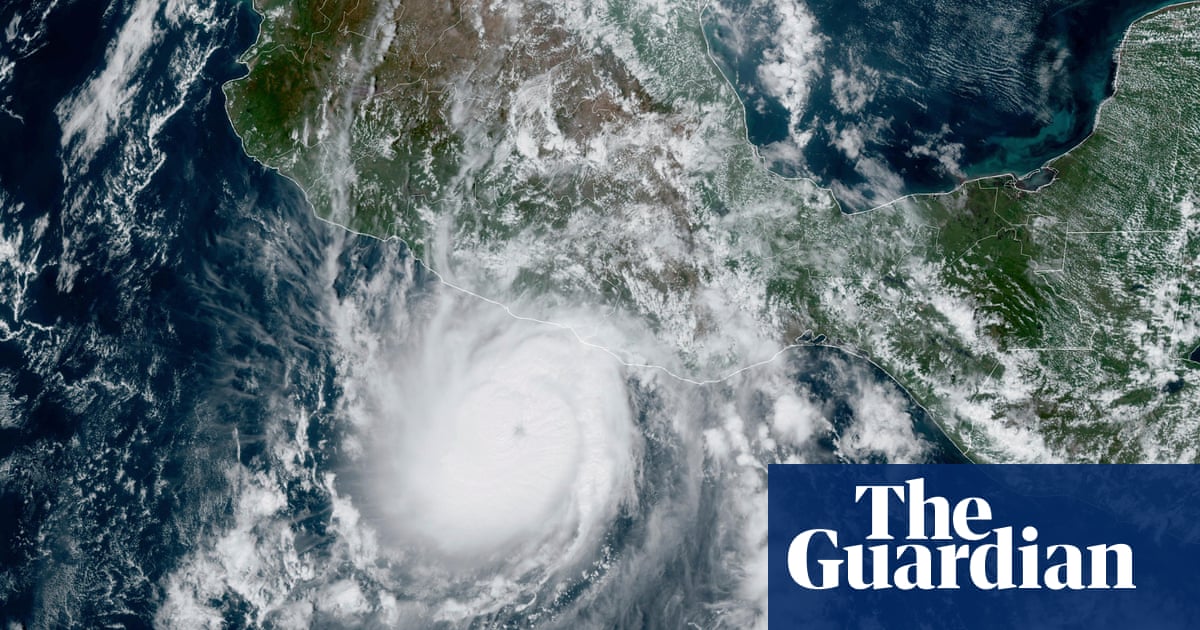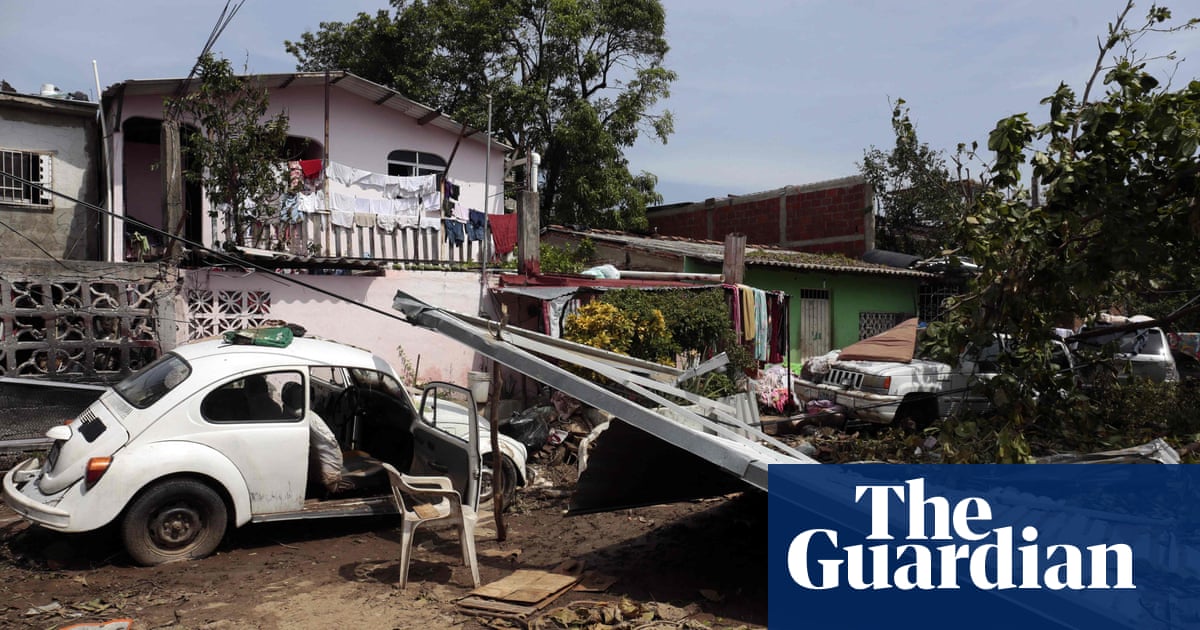
Hurricane Otis has smashed through the Mexican resort city of Acapulco as a category 5 storm, wrecking homes, hotels and hospitals, and leaving a trail of destruction, but with communications to the city still severed the full scale of the devastation remained unclear.
As dawn broke on Wednesday, photos and videos posted online showed wrecked buildings and cars partially submerged in floodwaters as authorities in the southern state of Guerrero attempted to take a measure of the damage.
Mexico’s president, Andrés Manuel López Obrador, said that so far no loss of life had been reported, but he added that there was still “no communication” with the affected area.
Otis took locals and authorities by surprise, growing in a matter of hours from a tropical storm to a category 5 hurricane – the highest level – with winds of more than 250 kmh. By Tuesday evening, the US National Hurricane Service was predicting a “nightmare scenario”.
“It’s the first time we’ve had a category 5 hurricane,” said Jorge Lozano Bello, 36, from Chilpancingo, a town which lies about an hour from Acapulco but survived the storm relatively unscathed. “At first we thought it was going to be normal. But at 10pm last night we lost communication [with Acapulco].”
By Wednesday morning, people across Mexico were waiting anxiously to hear from relatives whose last messages showed them taking shelter in bathrooms as the winds shattered windows and tore the roofs off houses.
The loss of communications was due to damaged infrastructure and power cuts. Mexico’s Federal Commission for Electricity said 300,000 people were still without electricity.
Lozano, who runs the Facebook page Solo Acapulco, said that signal was intermittent: coming back for a minute, bringing more images of destruction, then cutting out again.
“We’ve had dozens of reports of houses being flooded,” he said. “Many roofs have been torn off – including from the houses of people in my family.”
Although storm shelters were opened, the speed at with Otis became a category 5 hurricane – and the little time people had to prepare – has prompted fears of a large number of casualties.
“We’ve never seen such a quick change in a storm,” said Lozano. “People were caught on the move. We’ve seen videos where people are taking shelter in a bus while the windows are being shattered by the wind.”
Acapulco’s last great storm was Hurricane Paulina in 1997, when five hours of intense rain led to landslides and floods which killed more than 100 people and caused millions of dollars of damage.
Asked how Otis compared to Paulina, Ricardo Vega Moreno, an 80-year old former cliff diver said there was no comparison.
“Forget about it! This is much worse … we just have to wait.” He added that he had been trying to contact his friends in Acapulco, with no luck. “Please let me know as soon as you hear that the lines are open again.”
Roughly 850,000 people live in Acapulco, and many tourists and a delegates to a mining conference were in town when the hurricane struck.
Smaller fishing towns along the coast, and communities inland, were also in the path of the storm.
Otis has now moved north into central Mexico, weakening back down to a tropical storm. But the government meteorologist said that up to 8in of rain could still fall from now through Thursday over parts of Guerrero and Oaxaca, leading to flash floods and landslides.
There is currently no vehicle access to Acapulco, as the main roads have been cut off by landslides or overflowing rivers.
López Obrador said he was considering traveling to Acapulco later today if conditions allow it. The armed forces have been sent to assist.
This is Mexico’s third hurricane in a matter of weeks, after Norma struck Sinaloa, leaving three people dead, and Lidia left at least two dead in the states of Jalisco and Nayarit.
Because of its long coastlines on the Pacific and the Atlantic, Mexico is one of the countries most vulnerable to hurricanes.
Climate scientists have warned that extreme rapid intensification – as seen with Otis – has been made more likely by climate change and warming oceans.
Another former cliff diver, Frank Gomez Lopez, 40, who now works as a waiter in Mexico City, said he had been trying to call his friends in Acapulco all day but could not get through. “People are putting up photos but we don’t know if they’re real or from previous storms.”
“But it was definitely bad.”












